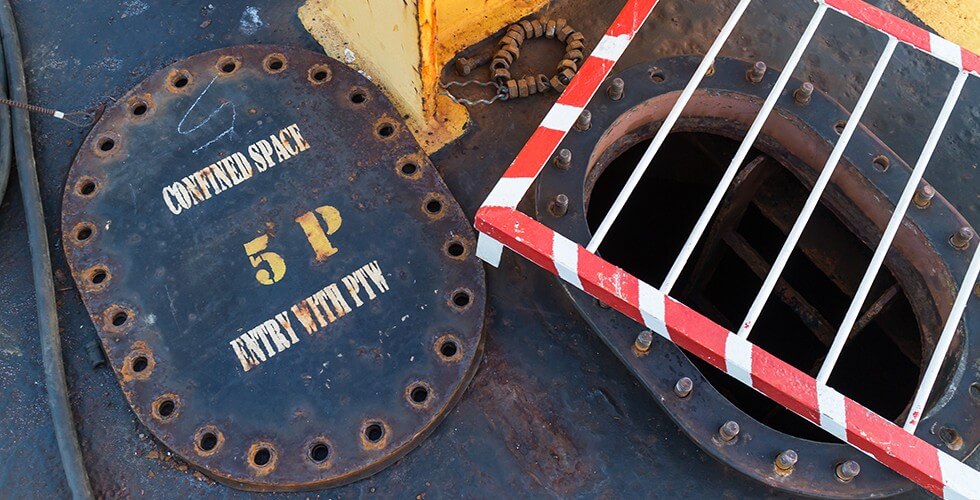Back to Basics: Confined Space Ventilation Fundamentals

When working in a confined space natural air flow is not sufficient to maintain an environment that is healthy and safe for your employees. While temporary mechanical ventilation systems are excellent means of creating a safe work environment, they require advanced planning to ensure they meet the specific needs of your work space. The following are some fundamentals for confined space ventilation that will be most effective for your situation.
Hazard Control
In most cases, temporary ventilation systems control two types of hazards: the potentially hazardous byproducts of processes that are released into atmosphere, and airborne contaminants created by the work being done. Your confined space ventilation team will need any available information you have on gas, liquid or solid residues that are expected as a result of your work. In addition to that, details of your processes are also needed to ensure the proper equipment is incorporated into your ventilation system plan.
Confined Space Ventilation Configuration
The second set of fundamentals for temporary mechanical ventilation systems involves the physical properties of the space that is being ventilated. In order to determine the types of equipment required and the proper placement, the following considerations are critical:
- The size and shape of the confined space to be ventilated
- The location and size of access points to the space
- Configuration of internal features such as scaffolding to be installed
- Drawings of supporting structure and power sources for the equipment, if available
The more information that can be provided before beginning the planning, the easier it will be for your team to develop the right system to meet your needs.
Ventilation Plan Development
Using the information from the types of hazards being controlled and the physical attributes of the area to be ventilated, your SmogBuster planners will work with the project team to develop your confined space ventilation plan. 3D drawings of the projected system integrated with the scaffolds are prepared and reviewed with the technicians to ensure all contingencies are covered. Once your approval has been given, your custom SmogBuster solution will be installed by our expert field technicians.
Confined space ventilation has a series of fundamentals that must be followed for maximum performance and safety of all workers in the confined space environment. Our team at SmogBuster takes safety seriously and will provide your company with solutions designed for maximum efficiency and protection against atmospheric hazards. Contact us today to start planning your confined space ventilation.







